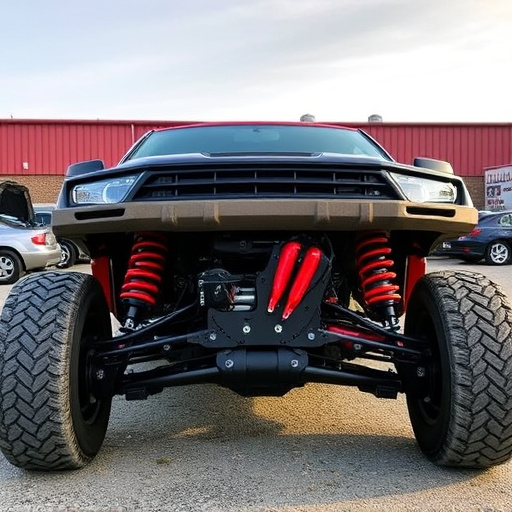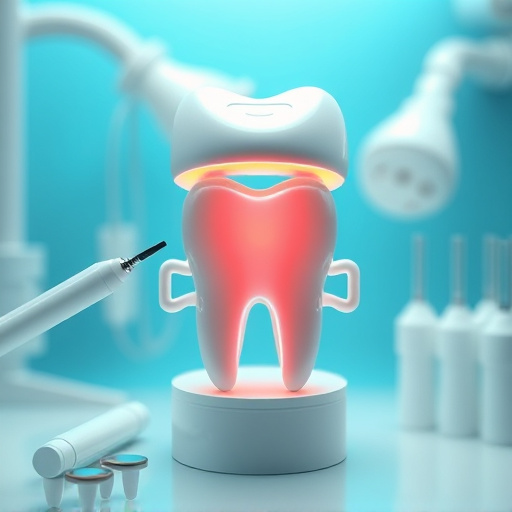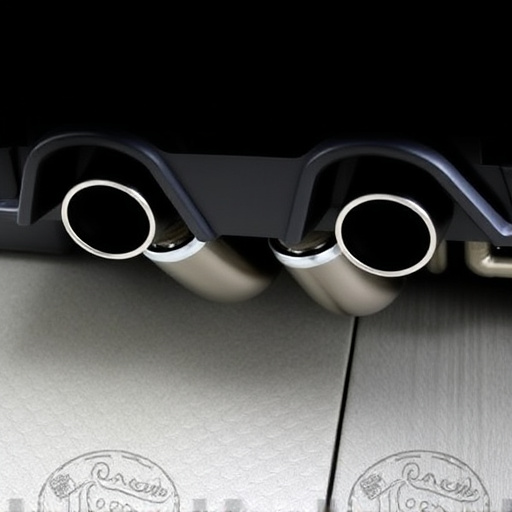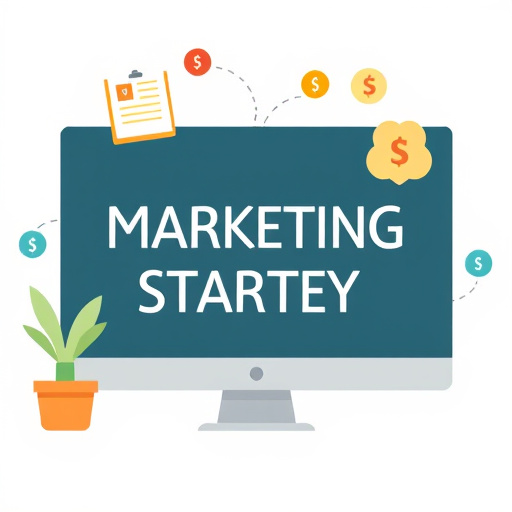Optimizing user journey maps through web design services is vital for enhancing digital experiences. By tracking interactions from awareness to post-purchase, designers identify pain points and drop-off points, inform strategic decisions, reduce bounce rates, and improve Google rankings. Detailed maps streamline conversion paths, increase satisfaction, foster loyalty, and boost local search visibility through integrated SEO strategies, thereby attracting more customers.
Optimizing user journey maps is a powerful strategy to enhance customer retention and drive business growth. This comprehensive guide explores how web design plays a pivotal role in user engagement. By understanding user behavior through journey maps, you can identify pain points and drop-off areas in your website’s design. We’ll provide actionable insights on enhancing the user experience, leveraging web design services to create seamless, engaging paths that keep visitors coming back for more.
- Understand User Behavior Through Journey Maps
- Identify Pain Points and Drop-Offs in Web Design
- Enhance User Experience for Higher Retention Rates
Understand User Behavior Through Journey Maps

Understanding user behavior is a cornerstone for optimizing any digital experience, and journey maps are a powerful tool to achieve this. These visual representations map out a user’s interaction with a brand or platform from initial awareness to post-purchase experiences. By creating detailed journey maps, web design services in Arlington can gain valuable insights into customer behaviors, preferences, and pain points. This data is crucial for identifying areas where users may stray from the intended path, allowing designers and developers to make informed decisions to enhance user engagement.
Web design Arlington professionals can use these maps to streamline the user experience by simplifying complex processes, improving call-to-action (CTA) placements, and ensuring a seamless flow between different stages of the customer journey. Incorporating local citation services strategies based on journey map analysis further solidifies the connection with the target audience, fostering stronger brand loyalty. Ultimately, optimizing user journey maps is a strategic approach that leverages web design services to create intuitive, user-centric digital environments.
Identify Pain Points and Drop-Offs in Web Design

Identifying pain points and drop-off points within your website’s user journey is a pivotal step in enhancing user retention. Web design services that fail to address these issues can result in visitors leaving your site at various stages, hindering your ability to convert them into loyal customers. Look for common problems like slow loading times, complicated navigation menus, or unclear calls-to-action (CTAs). These elements significantly impact a user’s experience, often leading to instant exits if not optimized properly.
For instance, in a professional web design Dallas, ensuring smooth page load times and intuitive site navigation can dramatically reduce bounce rates. By improving Google search rankings through strategic keyword placement and high-quality content, you attract more organic traffic. However, if visitors encounter frustrating obstacles upon entry, their initial positive impression might be overshadowed, causing them to abandon their intended actions or leave the site altogether.
Enhance User Experience for Higher Retention Rates

In today’s digital landscape, optimizing user journey maps is no longer an option but a necessity for businesses aiming to achieve higher retention rates. Enhancing the user experience (UX) across every touchpoint plays a pivotal role in fostering customer loyalty and engagement. Web design services that prioritize intuitive navigation, visually appealing aesthetics, and seamless interactions are instrumental in creating positive user experiences. By understanding user behaviors and preferences through detailed journey maps, businesses can proactively address pain points and streamline conversion paths, ultimately driving higher retention rates.
A well-designed UX not only improves customer satisfaction but also encourages users to return. Leveraging web design services that incorporate best practices in usability, accessibility, and visual design ensures that your online presence is both functional and appealing. Additionally, integrating link building services and organic SEO strategies can further boost local search visibility, attracting more potential customers and creating a stronger online footprint. These comprehensive approaches work together to enhance user experiences, thereby encouraging repeat visits and fostering long-term customer relationships.
Optimizing user journey maps is a powerful strategy to enhance customer retention. By understanding user behavior through detailed mapping, businesses can identify critical pain points and drop-off stages within their digital platforms. Implementing targeted improvements in web design services, such as streamlining navigation or simplifying complex processes, creates more seamless experiences. This approach not only encourages users to stay longer but also fosters a deeper connection with the brand, ultimately driving higher retention rates and long-term success.














